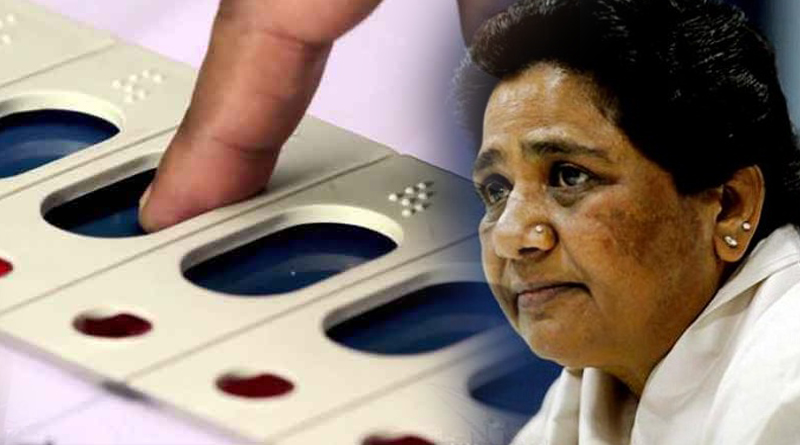Mayawati says rigged electronic voting machines (EVMs) caused her massive defeat in the UP election. The Election Commission says EVMs are tamper-proof. A new Brookings research study by Shamika Ravi, Sisir Debnath and Mudit Kapoor goes much further. It shows that EVMs have hugely reduced rigging and crime rates, while improving the participation of vulnerable groups.
In the late 1980s, booth-capturing was common, especially in north India. Armed gangs seized booths and stuffed ballot boxes. Presiding officers were so intimidated by gangs that they feared even reporting a capture. The ruling party manipulated the polling process and police deployment to aid its own gangs. This threatened the very fundamentals of democracy .
In 1991, T N Seshan became Election Commissioner. He declared he would henceforth control police deployment and the phasing of polls. He brought in para-military forces and officials from outside states to ensure fair polling.
These steps towards clean elections were followed by the introduction of EVMs in 1998 in 16 constituencies as an experiment. EVM use was gradually extended to more and more states, and finally became the national norm after 2002.
EVMs run on alkaline batteries and so are not vulnerable to power cuts. They are designed to register a maximum of five votes per minute. This means it will take far longer for booth capturers to stuff EVMs than traditional ballot boxes, increasing the time for an alarm to be sounded. EVMs also have a button which, when pressed, stops all electronic voting. If a booth capture is attempted, the presiding officer can press this button and make electronic stuffing impossible. These features, along with the spread of CCTV cameras and cellphones, made successful booth capture almost impossible. The need for repolling in violence-affected booths has fallen dramatically .
EVMs were first introduced only in some constituencies while others had paper ballots, so the researchers could compare outcomes in the two sorts of voting. The most striking outcome was a fall of 3.5% in recorded voter turnout in EVM constituencies compared with conventional ones, evidence of reduced stuffing. The fall was sharpest in the most gang-ridden, misgoverned states of north India.
A welcome though unexpected outcome was a sharp fall in the overall crime rate, especially of murder and rape, after EVMs were introduced. The effect was greatest in the gangridden states. Earlier, all parties needed gangs to do their dirty work, and the protection they extended to such gangs naturally led to more crime. But EVMs reduced the political need for, and hence protection given to, such gangs. So, the impact of EVMs went far beyond elections to public safety and reduced criminality , a huge bonus.
The researchers also analysed post-poll surveys done before counting began, to capture voter views on security in voting.In one CSDS survey , more than 96% of people said the new system was better. Vulnerable groups -Dalits, tribals and women -said they felt much safer and more emboldened to come out and vote after the introduction of EVMs. The power of gangs and dominant castes to intimidate such groups had fallen, a welcome blow for greater, fairer participation.
When paper ballots were used, some were rejected for faulty filling or incompleteness. This hurt poor illiterates, who were most likely to bungle their ballots. EVMs have ended the problem of rejected and faulty ballots.
Some other claims made by the researchers sound a bit of a stretch, and may require further research for confirmation. For instance, they find that the likelihood of an incumbent being re-elected fell after EVMs were introduced. Does this really prove that, before EVMs, chief ministers were better able to control booth capturing and improve their chances of re-election? More rigorous research is required to establish this.
The researchers also find a correlation between the use of EVMs and increased electricity supply in subsequent years. This too may require further confirmatory research.
There remain legitimate fears that hackers can get into voting systems and manipulate them. No evidence of such manipulation has come to light, in India or any other countries using electronic voting. But eternal vigilance is needed on this front. The Election Commission of India has promised to introduce a paper trail for EVMs by 2019, enabling it to check whether any electronic manipulation has occurred.
In sum, EVMs deserve three cheers for reducing ballot stuffing and crime rates, and improving minority participation in voting. Without EVMs, Mayawati may have got fewer votes, not more.
The writer\’s new book `From Narasimha Rao to Narendra Modi\’ is being published by Times Books


